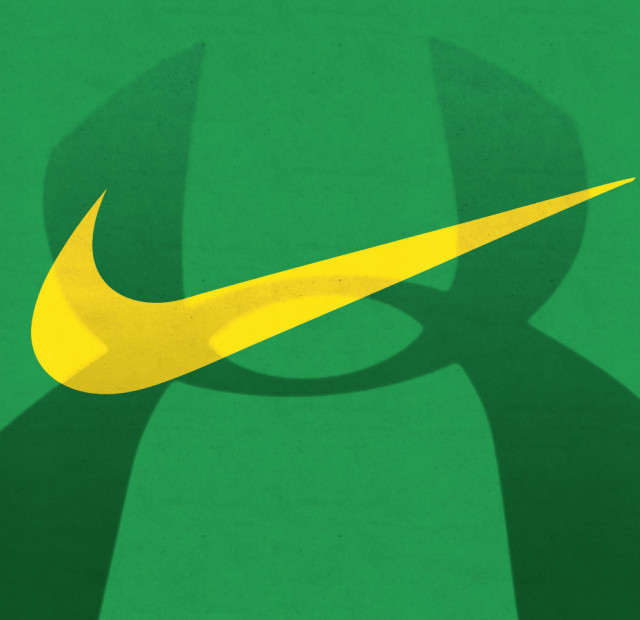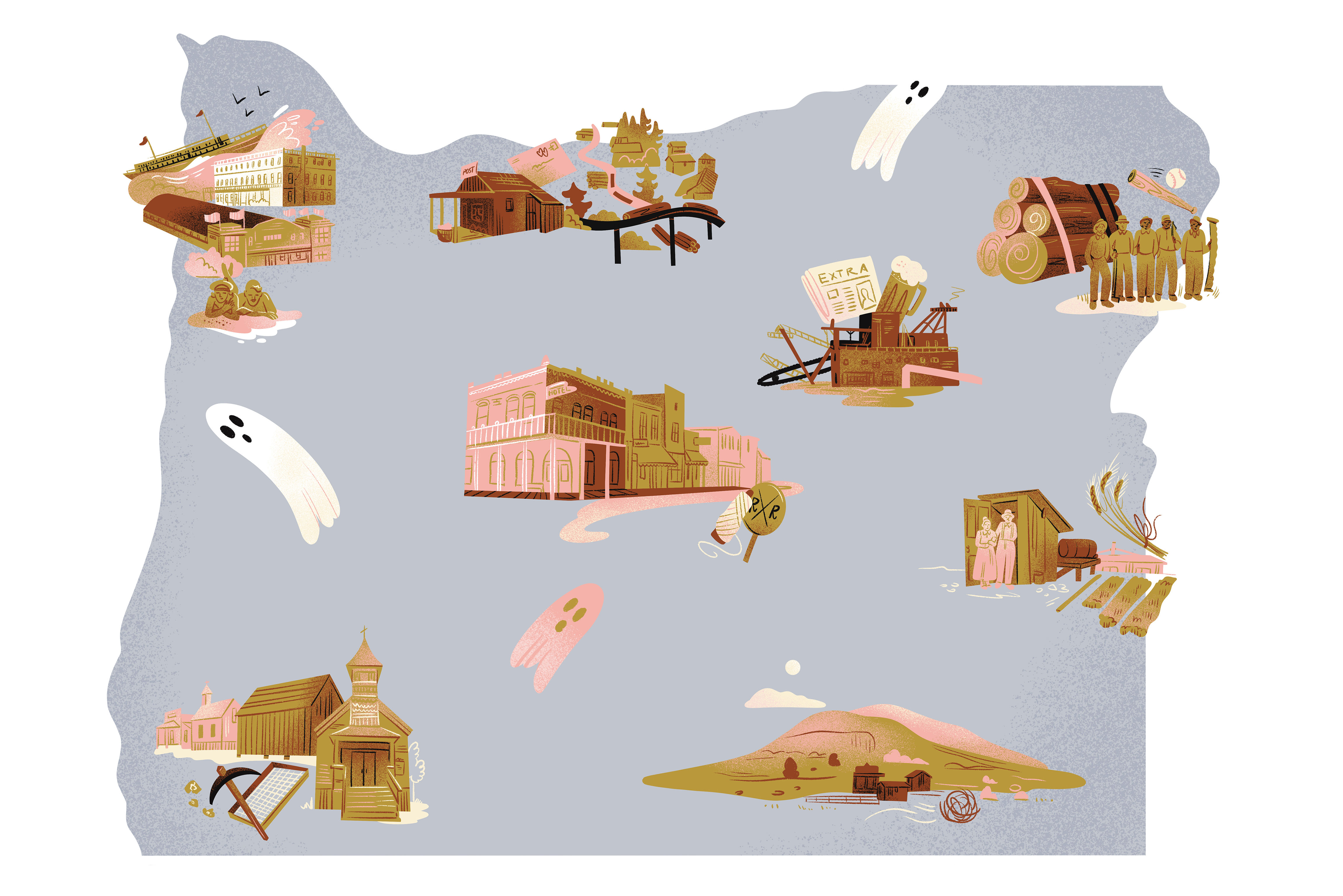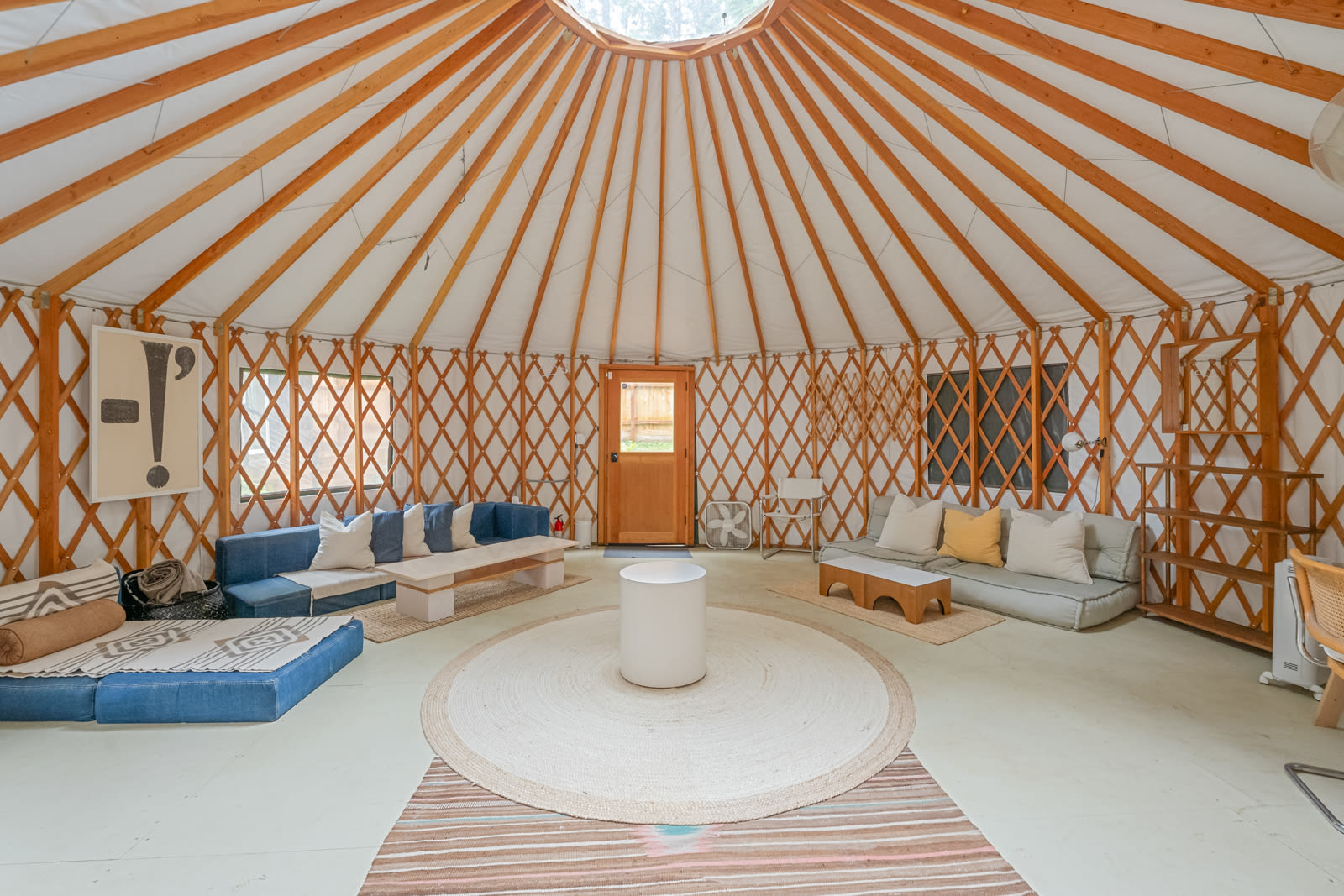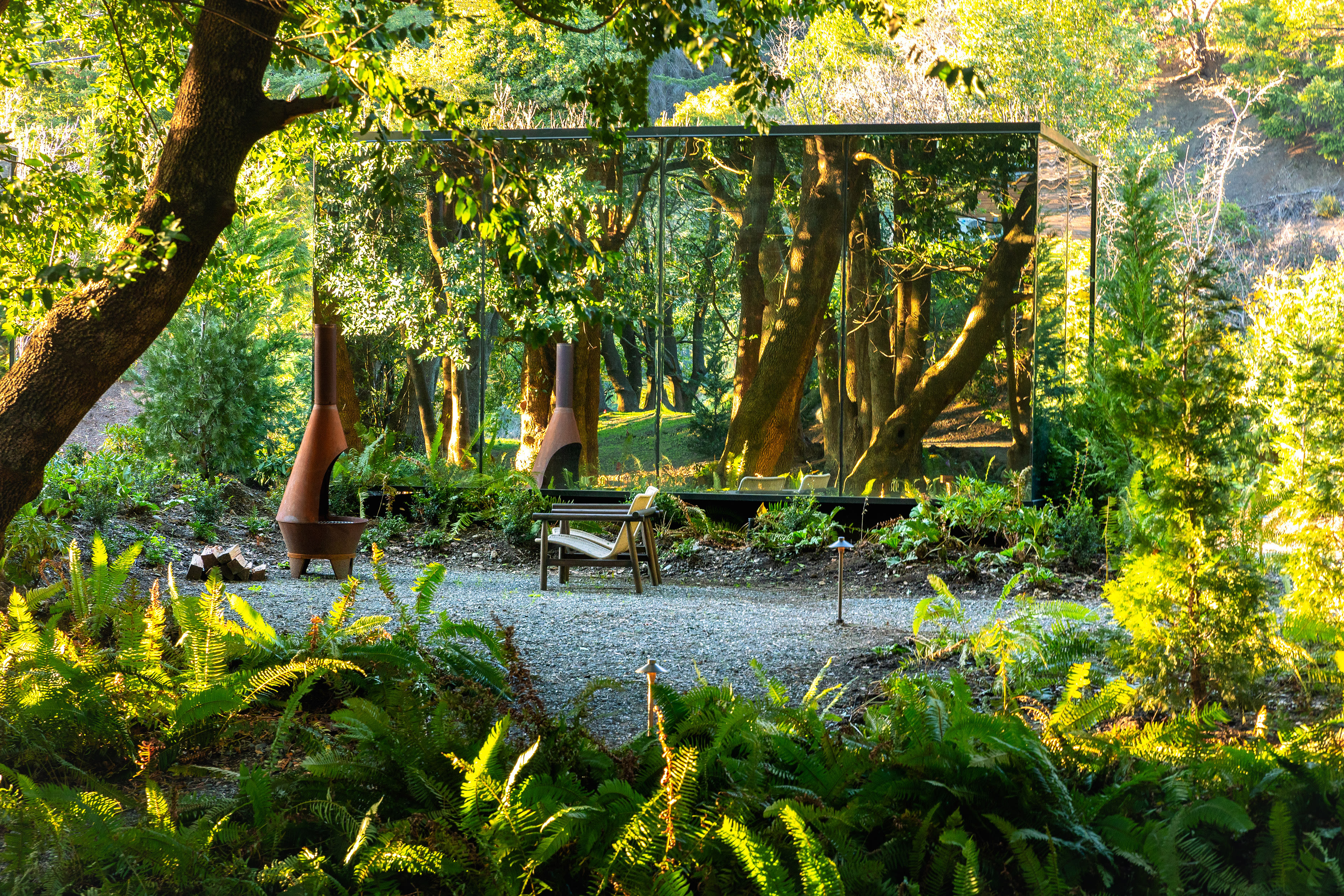Under Armour is Coming to Portland to Challenge Nike, Adidas, and Columbia

Image: Amy Martin
The hulking structure looks like the future as imagined 40 years ago: curvilinear and space-age. Built as a YMCA, this 70,000-square-foot flying saucer on SW Barbur Boulevard will now host an alien invasion.
This spring Under Armour, the Baltimore-based athletic apparel company, announced the old Barbur Y as its new footwear and design office. The expansion was the most visible in UA’s quiet effort, since 2013, to build a Portland operation. For the first year, the company didn’t even acknowledge the existence of its unmarked Pearl District office. After the Barbur announcement, Under Armour blandly noted that Portland is now “a strategic hub ... in footwear and innovation.” Among those who keep an eye on the city’s sports apparel industry, the news resonated more strongly.
“This move grows jobs, and the industry’s competitive advantage here,” says Patrick Quinton, executive director of the Portland Development Commission, the city’s urban renewal and economic development agency. “They’re also going to renovate a facility, so that will make that part of town more active as well. It’s a win on all fronts for the city.”
“I did not have to sell Under Armour on Portland,” says Mayor Charlie Hales, who visited UA’s headquarters in Baltimore prior to the announcement. “They already understood this is where they can attract the talent that drives the innovation the company is known for.”
Talent. That’s what brought Under Armour to Portland. Between Nike, Adidas’s North American HQ, Columbia Sportswear, and an ecosystem of start-ups, contractors, and ad agencies, the Oregon-based athletic gear industry employs about 15,000 people. Under Armour wants to tap that expertise to further its two-decade-old challenge to sportswear’s Portland-based titans.
The company’s arrival here confirms Portland’s status as the industry’s command center—but also serves as a reminder of how fast any business can change. Last year, Under Armour’s more than $2.6 billion in sales outstripped Adidas’s $1.6 billion for the industry’s no. 2 position in the US. Nike retains the top seed by a considerable margin, selling $12.1 billion worth of Swoosh in 2014. But Under Armour is now hiring prominent Nike veterans—including a former R&D network director and former head of investor relations—and staking out high-profile territory just 10 miles from the behemoth’s Beaverton HQ. It’s game on.
How did a start-up climb in the ring with the Sultan of Sportswear?
“It really was about the grassroots effort,” says Matt Powell, a sports sales analyst with market research company NPD. In 1996, a former University of Maryland football player named Kevin Plank designed a shirt that wicked away sweat while compressing muscles. Powell says Plank persuaded a few of his former teammates, some of whom had gone on to the NFL, to try his new product. “Other players saw the shirts and asked for them,” Powell says. “It was very much word of mouth.”
Initially funded by Plank’s personal credit cards, Under Armour has grown on the strength of that same gritty locker room cred. The company works relentlessly to position itself as a jockier alternative to Nike and Adidas, both long since subsumed into pop culture and—though both would recoil from the word—fashion. (Witness Kanye West’s recent deal with Adidas and one-sided public feud with Nike.) Last year, the Portland marketing agency Guidance Counsel helped create Under Armour’s characteristic “I Will What I Want” campaign, galvanized by footage of ballerina Misty Copeland’s straining, sweat-flecked calf muscles.
“Their focus is to make athletes better,” says Sam Poser, managing director at financial research company Sterne Agee CRT. He points out that even prominent placement in the high school football TV drama Friday Night Lights emphasized sport over style. “All the on-field apparel was Under Armour,” Poser says, “but you rarely—if ever—saw characters wearing it walking the halls of the school.”
The company reports 20 straight months of growth of more than 20 percent.
The company made its name with Plank’s Compression T, a shirt that, it was claimed, could “boost muscle performance” while wicking moisture. Under Armour has struggled in the footwear market, where Nike rules supreme, and still ranks seventh behind also-rans like Asics and New Balance. The company looks to change that with new products, like its Stephen Curry basketball shoe; the NBA star signed a deal in 2013. Under Armour lost a well-publicized bid to poach basketball icon Kevin Durant from Nike last year, but Plank made clear that the effort was really about sending a message. “To every athletic director, to every president of every team club, to every league commissioner,” he told Bloomberg TV, “... there’s no deal too big.” Last year, the company’s apparel sales grew by 17 percent, with footwear sales up 35 percent. “They’ve been on a steady march,” says Powell. In April, Plank pointed to 20 straight quarters of net revenue growth of more than 20 percent.
The new Portland office makes the company’s ambitions clear. “We think it will make it even more attractive for people to move here, or for people who are coming out of schools to stay and work here,” says Quinton. Nike may still be several laps ahead, but Under Armour is insisting they’re in the same race. The winner? Portland, by a country mile.




